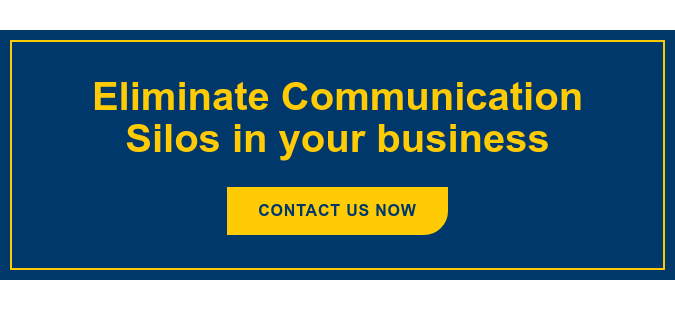We spend a lot of time in meetings. When they go well, we feel energized and can make significant headway for our organization. But they also can feel like they are sucking the life right out of us and lead to wasted time and ineffective outcomes.
As a leader, it’s important that people want to attend meetings and see value in them. They should be a communication tool and a place where work gets done. I recently was talking about this concept with licensed etiquette instructor and consultant Kim Purscell of Etiquette Matters. I initially met her at our Technology Tradeshow in September. She shared that one of the biggest reasons why meetings get a bad rap is because they’re derailed by windbags.
Windbags are those people who dominate the air time, get off topic, split hairs over details that don’t involve those in the room or initiate unnecessary conflict.
Good leaders know how to rein in windbags. I have watched effective meeting facilitators do it artfully—in a way that respects everyone in the room.
As a meeting facilitator, your job goes beyond setting the agenda and arranging the details. You also need to intervene and get the meeting back on track quickly. Kim shared a few phrases that I think are useful:
- We seem to have slipped off topic and need to return to our agenda.
- We may not be able to solve those issues here. Let’s have a side meeting with just those involved.
- We need to keep things moving to respect the time of everyone here.
They made me think about what else effective facilitators do to rein in windbags. Here are some keys to success that I’ve found:
- Establish your purpose.
I like to begin a meeting with a clear explanation of the purpose and key outcomes. A good way to do that is to start out by saying “This will be a successful meeting today if…” If the dialogue streams too far away, the facilitator can remind the group of the goals and redirect the focus of the conversation. - Keep presentations concise.
When presenting, it can be tempting to barrage people with data and details. It’s more effective to keep the presentation focused and concise. As a facilitator, it is your job to ensure the presentations have the appropriate scope. When there’s too much content, you can lose interest and lessen the impact. - Pose a question to the group.
This can help redirect the conversation and engage the members in a topic that is important to the meeting’s outcomes. Questions are good for bringing things back on track. - Step in and summarize.
When I feel like the conversation is dragging on, I will thank the person for input, summarize the person’s comments in 1-2 sentences and identify the go-forward action steps. This is a good practice, whether you’re the facilitator or not. Leaders clearly demonstrate the ability to bring a meeting to a close.
Meetings can be a valuable way to spend time or they can be a waste of time. By keeping a meeting controlled, we show respect for everyone involved. Effective leaders have effective meetings. Do your part in 2019 to make sure you keep them purposeful and productive.

